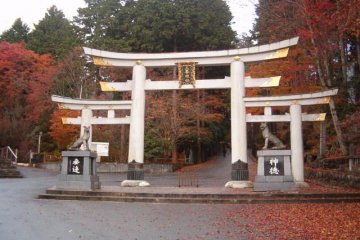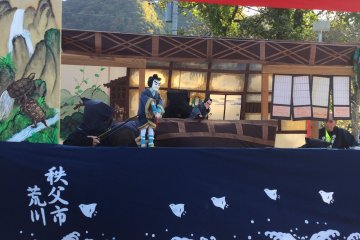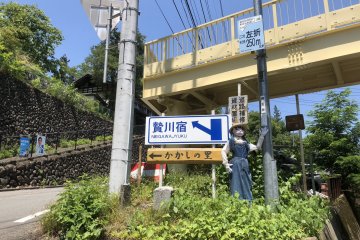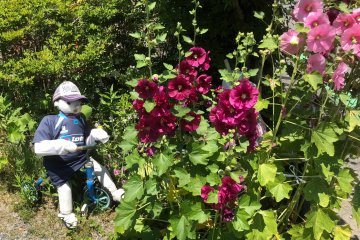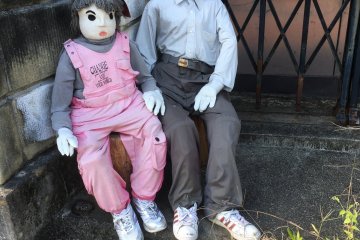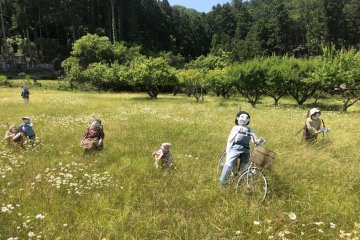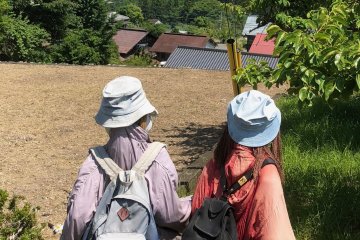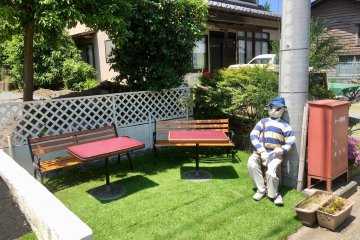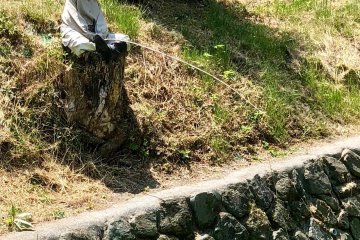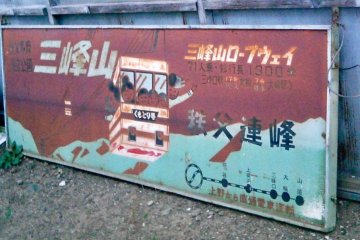Like many villages in Japan, Niegawajyuku in Chichibu is coping with the issues of an increasing number of elderly residents on the one hand, and a decreasing number of children and young adults on the other. Due to its proximity to the Mitsumine Shrine complex, the village once had several traditional hotels (Ryokan and Minshuku), and was once a lively and fairly prosperous place. (This can be seen in the fact that part of town's name "jyuku" means "accommodation," which indicates that many people must have come and stayed here overnight). However, times change: the ropeway to the shrine was closed in 2006. Buses can now take visitors directly there and back from Chichibu Station within a day meaning there is no need to stay overnight. In addition, during each November there had been once been a handicraft festival that was attended by a great number of visitors. Now, however, there are too few residents left to put on this event.
This village was fading away until 2016 when Ms Sumiko Fukada decided to put on a brave face. She came up with a way to both increase to town's population and add some sparkle to the area's atmosphere: by creating lifelike doll figures. These are located throughout the village and in some nearby fields. These dolls depict children playing as well as adults either relaxing, fishing or doing various farming duties.
In June, 2016 there were half a dozen dolls. Ms Fukuda's idea became popular with her neighbors and before the end of the year there were 20. Now, Ms Fukuda and 10 or so residents meet once a week to chat, drink tea and sew. These sessions last about 4 hours. It takes about 2 of these 'get-togethers' to create one doll. These dolls are made by clothes donated by local residents, as well as from other materials including coat hangers and PET bottles.
As the dolls are placed outdoors, the weather takes its toll and clothes must be replaced on a regular basis. At the moment there are 90 dolls. This happens to be the population of the village.
In the village there are signs that say "かかし の 里" (kakashi no sato) or "the scarecrow village." However, these are not my idea of scarecrows, so I have used the term "doll."
Footnote
In Shikoku there is a town called Nagoro. This also has dolls / scarecrows. Ms Fukuda said that, by chance, her idea occurred at the same time. There are 2 significant differences. The dolls in Nagoro are all made by one lady, and each represents a real person who has departed the town in one way or another. Niegawajyuku's dolls are all created from imagination.
Ms Yoshimi Enju provided the essential information needed for this article.



